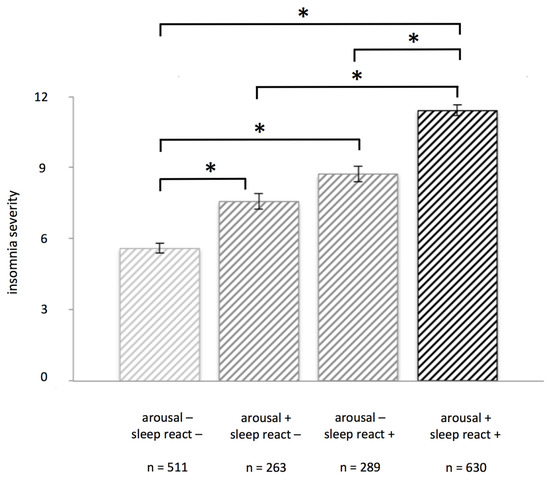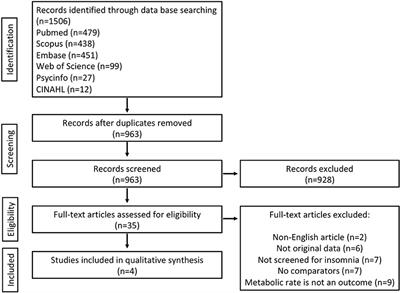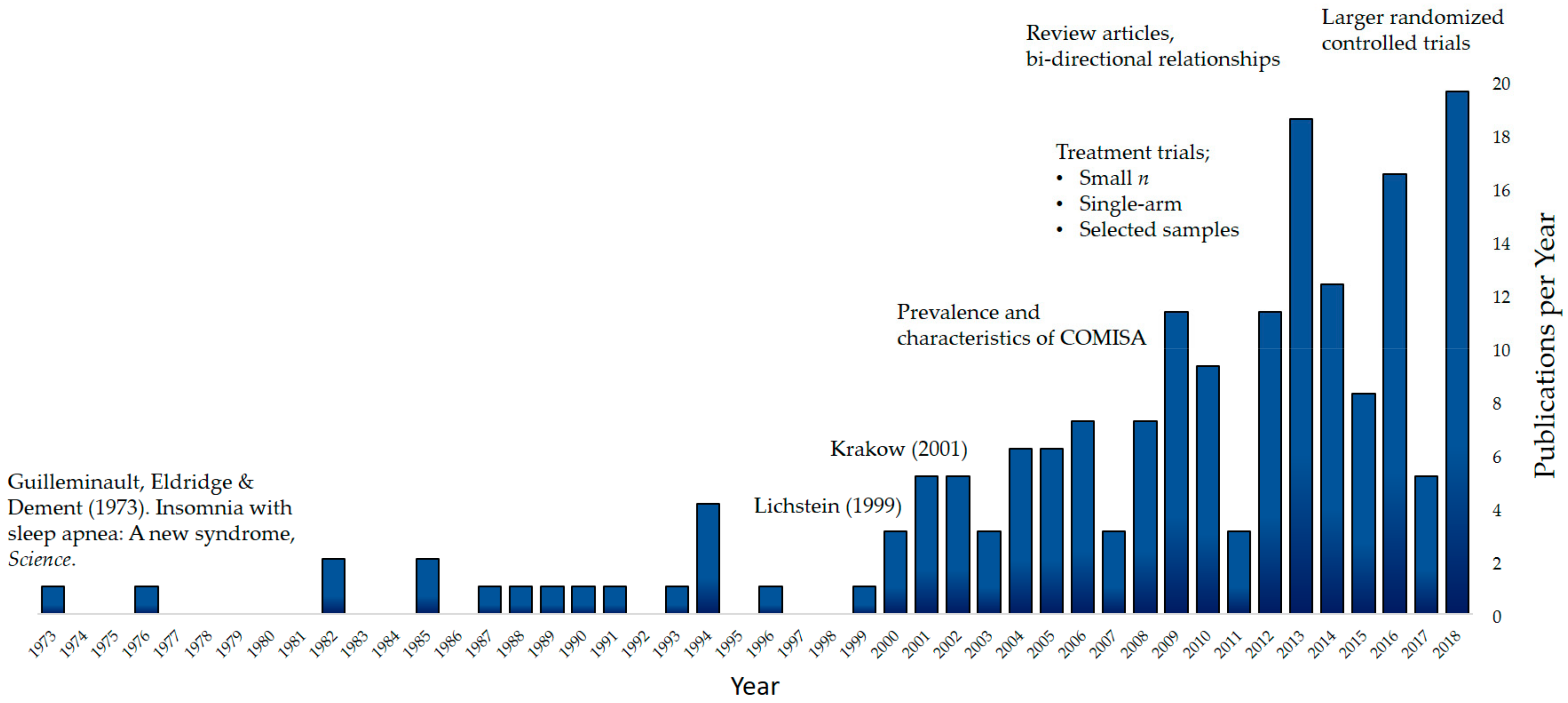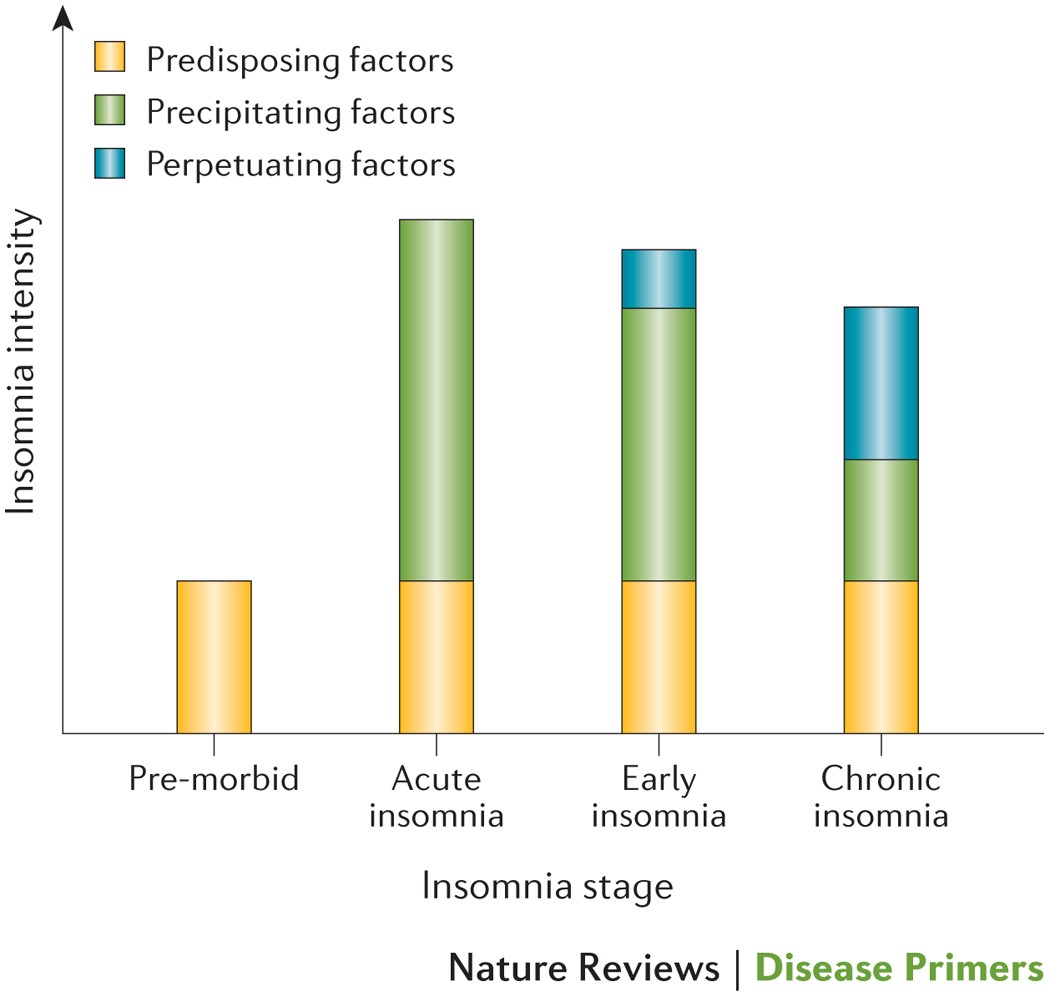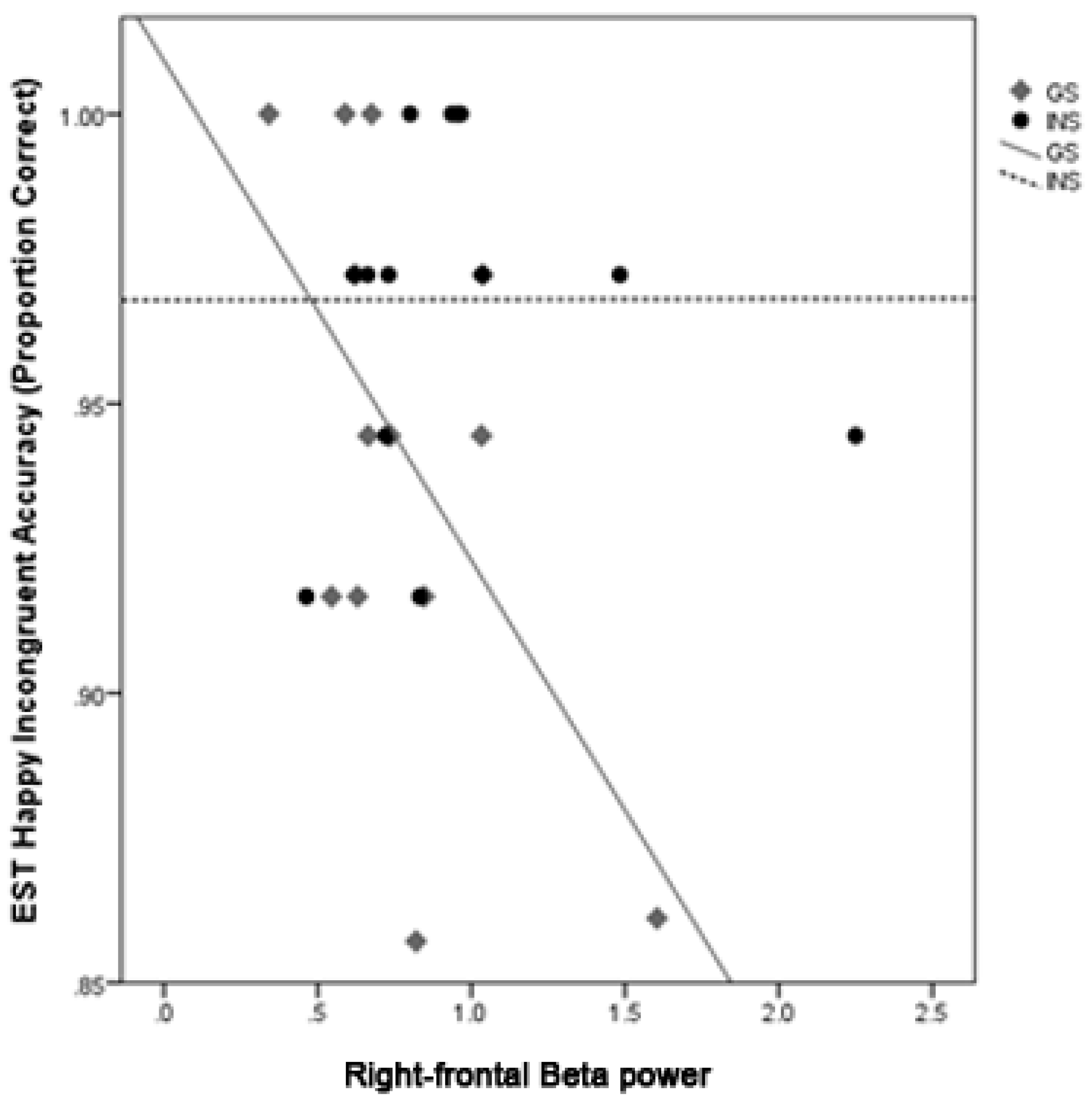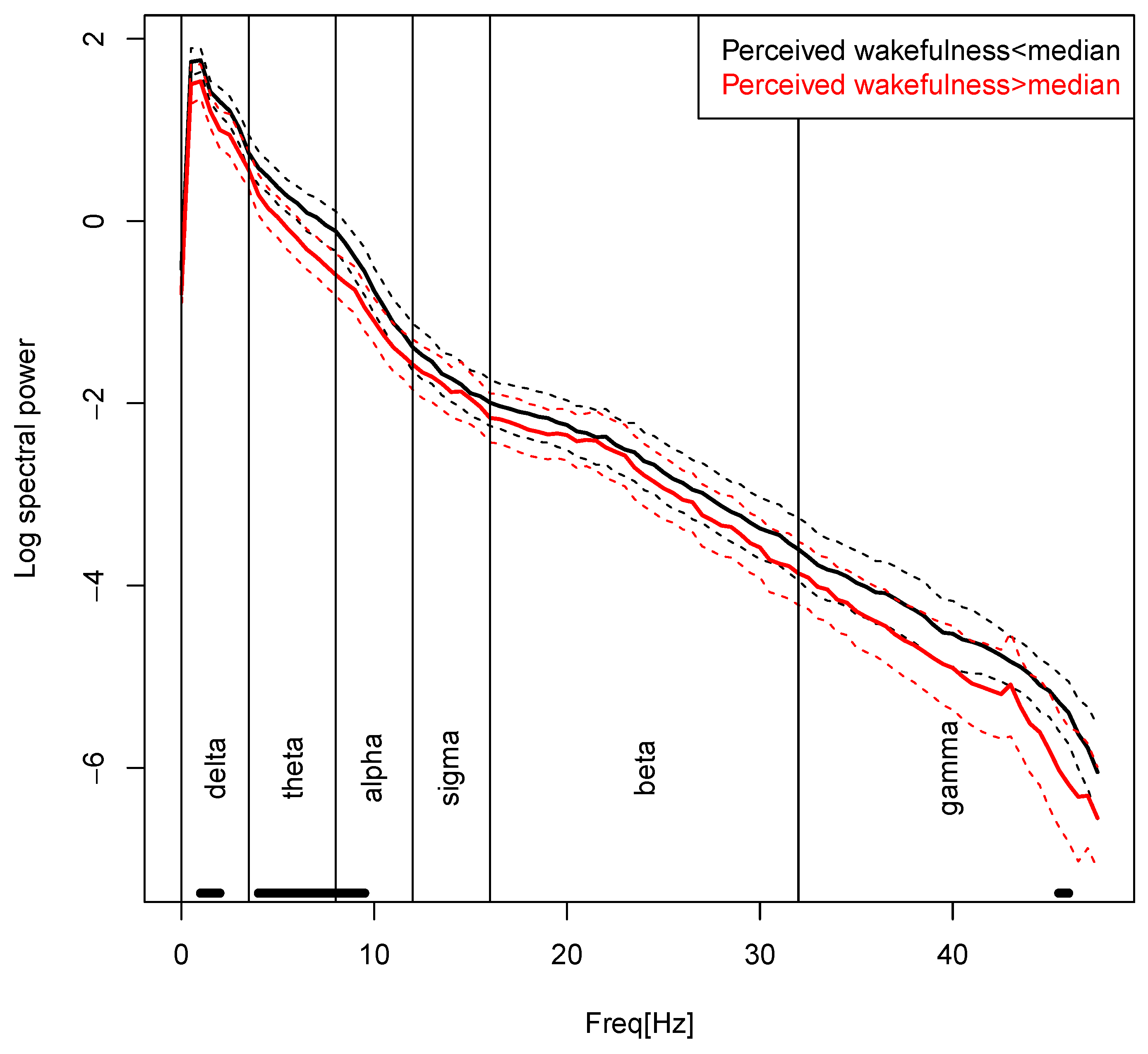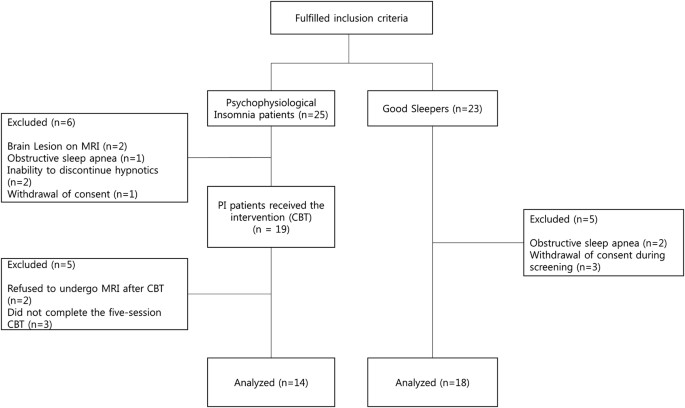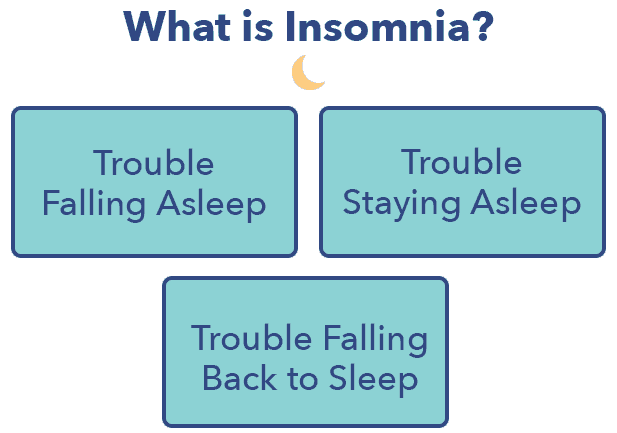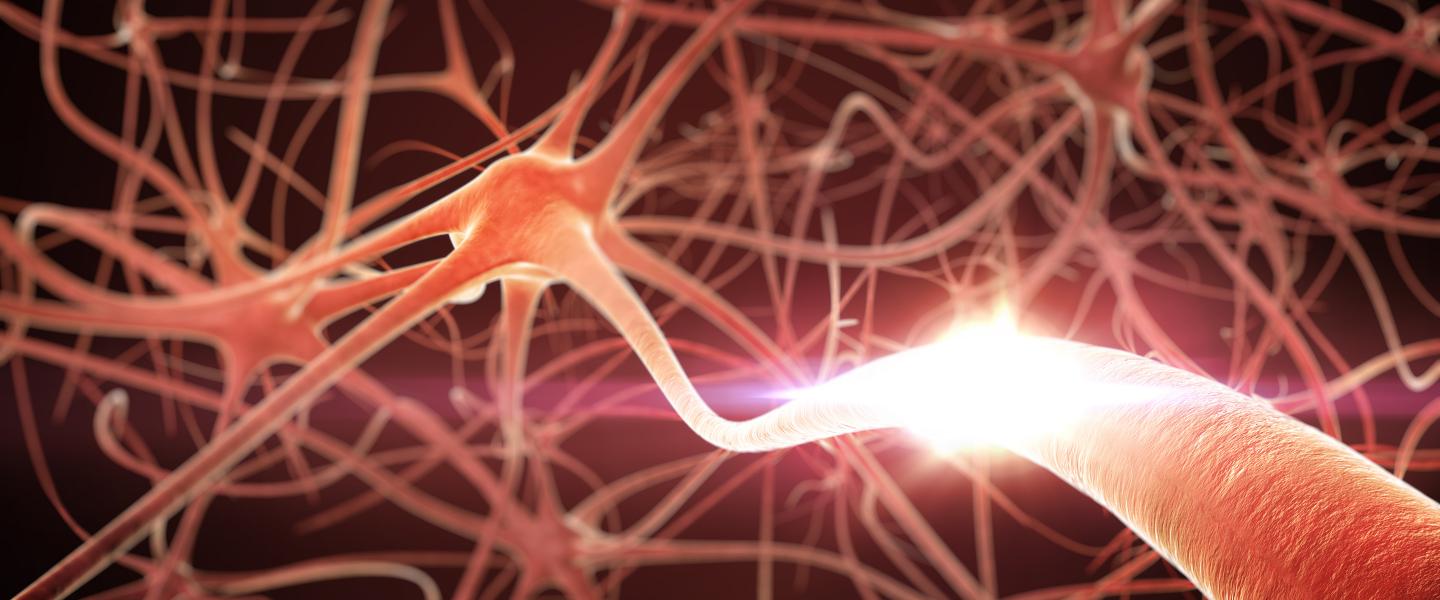Hyperarousal And Insomnia State Of The Science

Insomnia disorder is associated with a brain hyperarousal state manifested by abnormal regional brain activity and resting state functional connectivity.
Hyperarousal and insomnia state of the science. 81 hyperarousal in insomnia has been associated with increased sympathetic nervous system activity 13 and or hpa activation. 79 many studies have shown that insomnia is a predictor for the later development of depression. The hyperarousal state associated with primary insomnia is usually present throughout wakefulness and during sleep and may be due to an increase in activity of ascending reticular activating system or a reduction in the adaptive drive to sleep. Electrophysiological and neuroimaging it is concluded that primary insomnia is characterized by increased levels of arousal in primary insomnia during both at night and daytime thus.
Recent basic research indicates that genetic and epigenetic factors are involved in the etiology of insomnia. However more recently an nih review of insomnia and treatments has concluded that insomnia can be a primary or comorbid chronic disorder. The so called three p model i e. But the exact mechanisms behind the arousal.
80 in addition much evidence has accumulated showing abnormal levels of arousal in patients with depression and other mood disorders. 1 department of psychiatry psychotherapy freiburg university medical center hauptstrasse 5 d 79104 freiburg germany. An animal model that has used odor stress to produce poor sleep in rats has identified specific activated brain sites similar to those found in human brain metabolic studies to suggest that insomnia is a state in which sleep and arousal systems are both simultaneously active. Several studies have shown a genetic association for both hypersomnia 21 22 and insomnia 23 24.
Other research suggests that insomnia probably based upon the associated chronic physiologic arousal is associated with increased risk for medical disorders such as depression hypertension or cardiac disease. The latter study a large twin study estimated that genetic differences accounted for 33 60 of the variance in various aspects of sleep quality and sleep disturbance including several discrete varieties of insomnia. Scientists understanding of insomnia points to the condition being a state of hyperarousal which is mediated by cognitive and physiological factors. Analyse the association between insomnia and hyperarousal.

